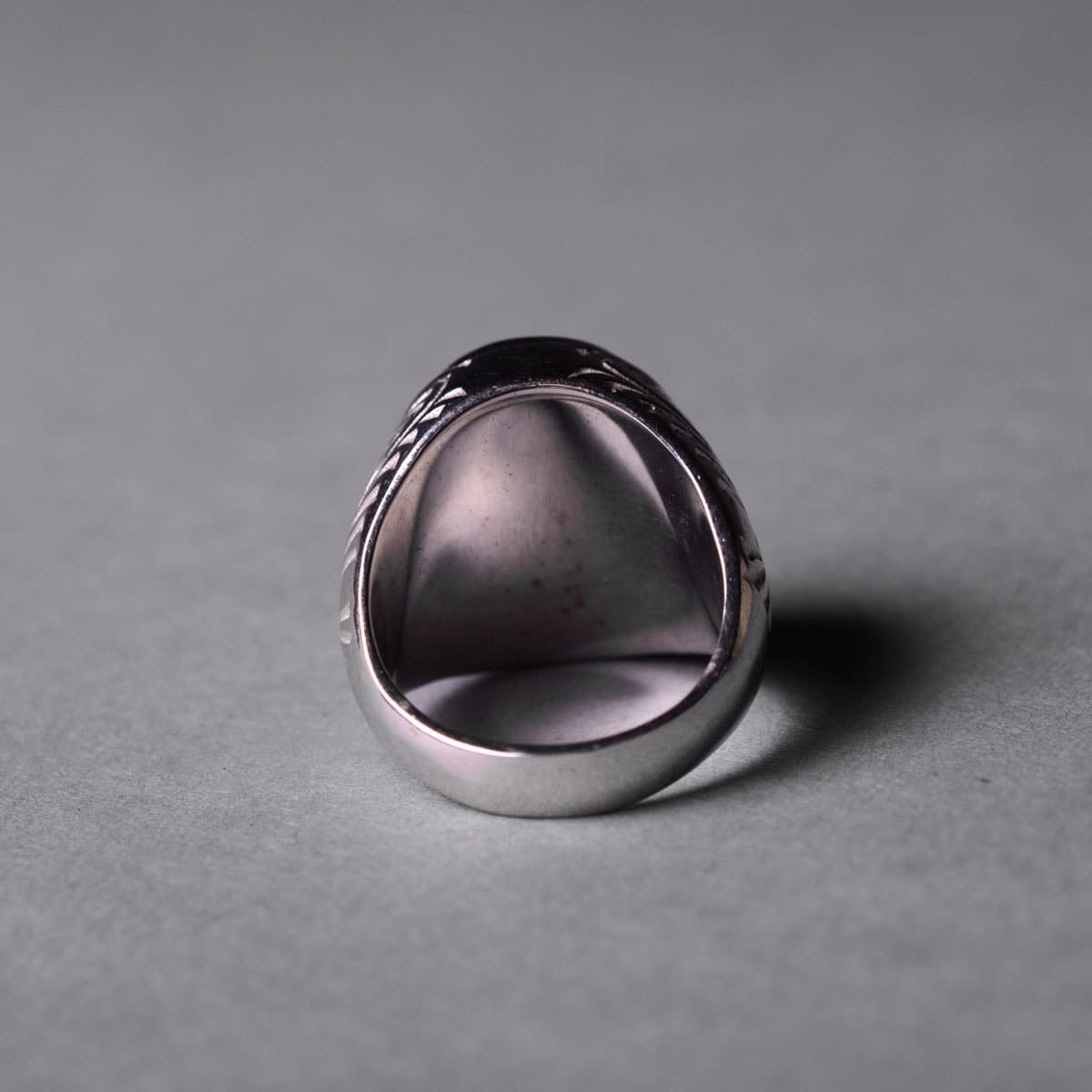White Gold Ring Featuring a Roman Rock Crystal Intaglio Depicting the Bust of an Empress, 100 CE - 300 CE
Rock Crystal, Gold
FJ.6810
Further images
This Genuine Ancient Seal Has Been Mounted in a Modern 18 Karat White Gold Rin The art of glyptics, or carving images on colored precious stones, is probably one of...
This Genuine Ancient Seal Has Been Mounted in a Modern 18 Karat White Gold Rin
The art of glyptics, or carving images on colored precious stones, is probably one of the oldest known to humanity. Intaglios, gems with an incised design, were made as early as the fourth and third millennia B.C. in Mesopotamia and the Aegean Islands. They exhibit a virtuosity of execution that suggests an old and stable tradition rooted in the earliest centuries. The tools required for carving gems were simple: a wheel with a belt-drive and a set of drills. Abrasives were necessary since the minerals used were too hard for a metal edge. A special difficulty of engraving intaglios, aside from their miniature size, was that the master had to work with a mirror-image in mind.
A portrait of an empress or goddess has been engraved onto the polished surface of this precious gemstone. While we can only guess the identity of this woman, we can easily appreciate the masterful work of the Ancient Roman glyptic artist. Her hair has been elegantly styled with rows of curly locks that fall across her back. Although her identity can be debated, the beauty of this empress is unquestionable. Surely such a glorious beauty is suitable to decorate such a stunning ring. While the Roman Empire has fallen, their achievement will be forever remembered thanks to the monumental ruins they left behind such as the Coliseum. However, perhaps there is no better reminder than this seal, a close intimate memorial to an individual. It is through the eyes of this young empress that we are connected with the glories of antiquity.
The art of glyptics, or carving images on colored precious stones, is probably one of the oldest known to humanity. Intaglios, gems with an incised design, were made as early as the fourth and third millennia B.C. in Mesopotamia and the Aegean Islands. They exhibit a virtuosity of execution that suggests an old and stable tradition rooted in the earliest centuries. The tools required for carving gems were simple: a wheel with a belt-drive and a set of drills. Abrasives were necessary since the minerals used were too hard for a metal edge. A special difficulty of engraving intaglios, aside from their miniature size, was that the master had to work with a mirror-image in mind.
A portrait of an empress or goddess has been engraved onto the polished surface of this precious gemstone. While we can only guess the identity of this woman, we can easily appreciate the masterful work of the Ancient Roman glyptic artist. Her hair has been elegantly styled with rows of curly locks that fall across her back. Although her identity can be debated, the beauty of this empress is unquestionable. Surely such a glorious beauty is suitable to decorate such a stunning ring. While the Roman Empire has fallen, their achievement will be forever remembered thanks to the monumental ruins they left behind such as the Coliseum. However, perhaps there is no better reminder than this seal, a close intimate memorial to an individual. It is through the eyes of this young empress that we are connected with the glories of antiquity.





